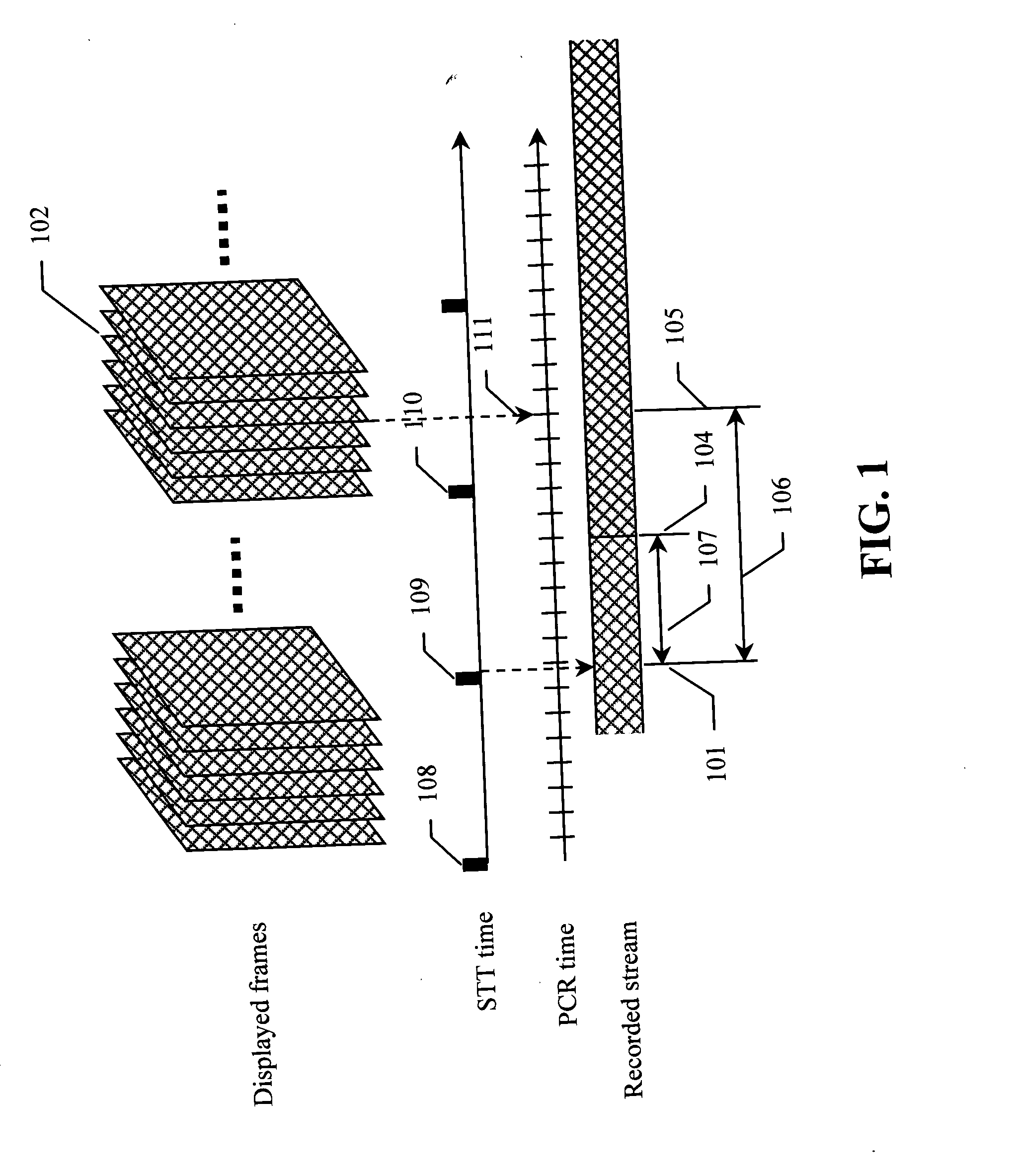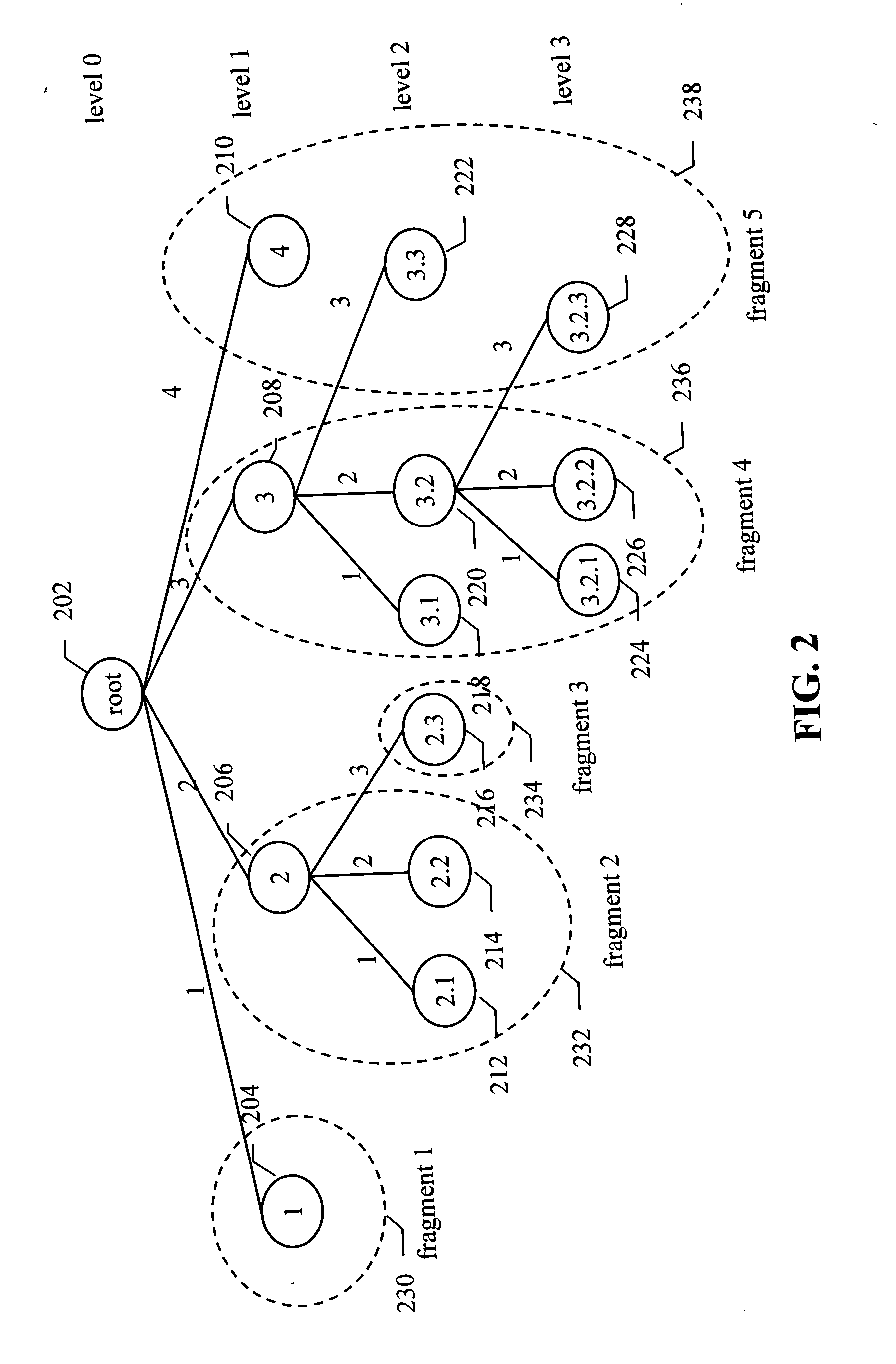Generating, transporting, processing, storing and presenting segmentation information for audio-visual programs
a segmentation information and audio-visual program technology, applied in the field of generating, transporting, processing, storing and presenting information, can solve the problems of less detailed image than comparable non-interlaced (progressive) video, propagate coding errors, and less flexible structure of mpeg-2
- Summary
- Abstract
- Description
- Claims
- Application Information
AI Technical Summary
Benefits of technology
Problems solved by technology
Method used
Image
Examples
Embodiment Construction
[0264] This disclosure relates to the processing of program guide information (usually EPG information in digital broadcasting) and, more particularly, to techniques for delivering information on video segments of broadcast TV programs to STBs having associated data storage through conventional program guide specifications such as the Program and System Information Protocol (PSIP) and Service Information (SI) that are currently defined in various DTV broadcasting standards.
[0265] A variety of devices may be used to process and display delivered content(s), such as, for example, a STB which may be connected inside or associated with user's TV set. Typically, today's STB capabilities include receiving analog and / or digital signals from broadcasters who may provide programs in any number of channels, decoding the received signals and displaying the decoded signals.
[0266] 1. Media Localization
[0267] To represent or locate a position in a broadcast program (or stream) that is uniquely...
PUM
| Property | Measurement | Unit |
|---|---|---|
| aspect ratio | aaaaa | aaaaa |
| aspect ratio | aaaaa | aaaaa |
| aspect ratios | aaaaa | aaaaa |
Abstract
Description
Claims
Application Information
 Login to View More
Login to View More - R&D
- Intellectual Property
- Life Sciences
- Materials
- Tech Scout
- Unparalleled Data Quality
- Higher Quality Content
- 60% Fewer Hallucinations
Browse by: Latest US Patents, China's latest patents, Technical Efficacy Thesaurus, Application Domain, Technology Topic, Popular Technical Reports.
© 2025 PatSnap. All rights reserved.Legal|Privacy policy|Modern Slavery Act Transparency Statement|Sitemap|About US| Contact US: help@patsnap.com



